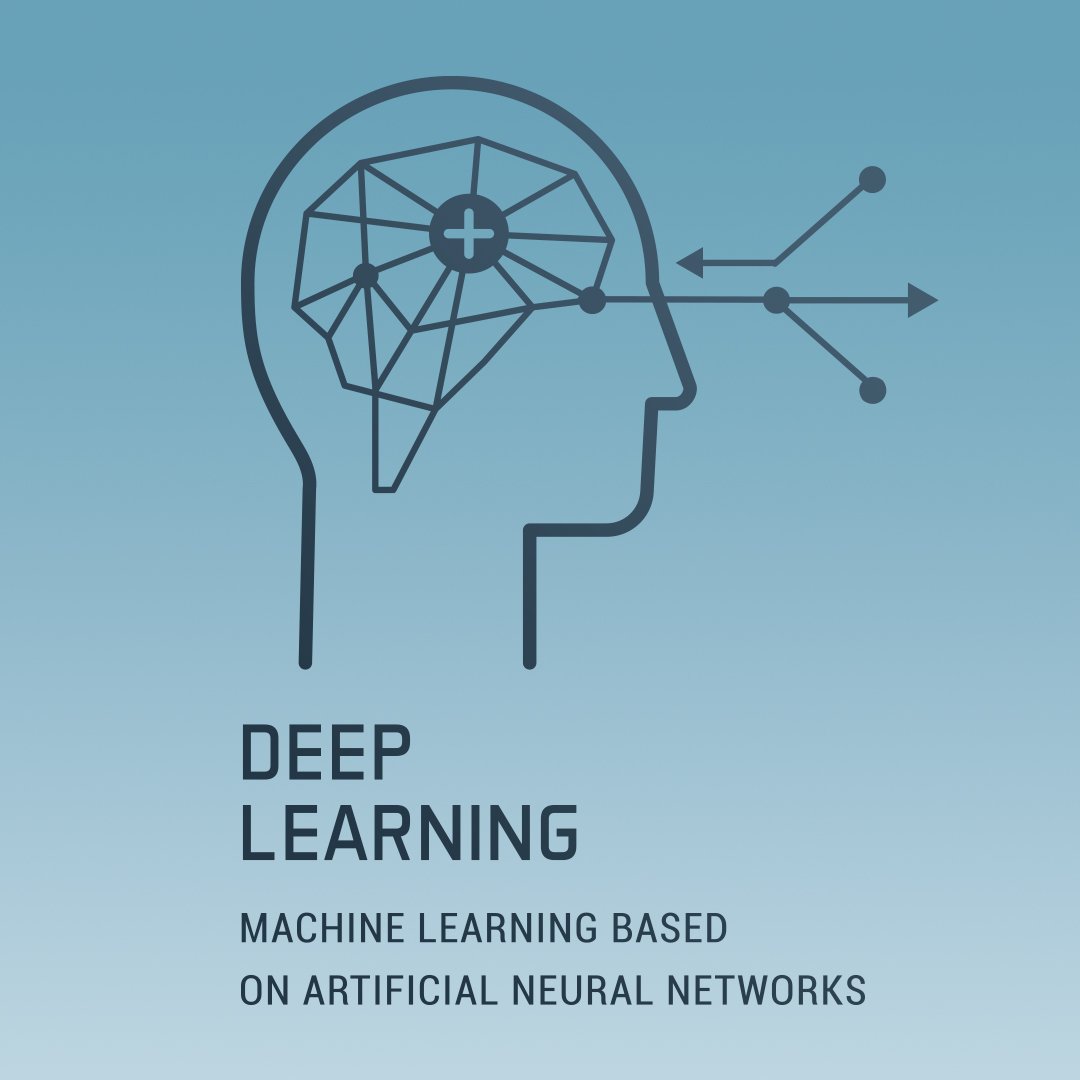
Edge computing is a great tool for agricultural production, as it can decrease growth time by up to 60%. Edge computing can be used by agricultural companies to monitor water usage and optimize crop growing algorithms. Edge computing is also useful in network optimization. The software can determine the best paths for traffic and then steer it across the network to achieve optimal performance. Edge computing can be used to enhance the network's performance.
Price of edge AI hardware
It is crucial to take into account the cost of hardware for edge AI when building an edge computing platform. Some applications can be run on a CPU-only system, but others require the additional processing power offered by GPUs. It is simpler to build a single GPU and deploy it in smaller areas, but it is still worth considering how many applications will you be running. A single GPU system that is capable of handling multiple workloads can help you save money. However, it's important to keep in mind that edge AI systems must be integrated with an entire network.
Several companies have entered the edge AI hardware market. NVIDIA Corporation is the market leader in edge AI hardware. Huawei Technologies Co. Ltd. is close behind. These players are aiming to build a competitive advantage and increase their share of this market. To increase their market penetration, they have a range of strategies. To ensure growth in the edge AI hardware market, these companies are creating new hardware and integrating it into their products.

Privacy: Edge computing's impact on privacy
Edge AI will become more popular. It is crucial that enterprises consider the possible security and privacy impacts. This technology can be affected by many factors. However, organizations should consider applying basic security best practices, which will help ensure that they can effectively secure their edge computing infrastructure. Users should use well-defined access types and levels of protection, as well implement a comprehensive patch management system. They must also use highly secure platforms. Edge AI solutions should also have base capabilities that can be linked back to a stronger cybersecurity posture.
Edge AI is also cheaper and quicker to implement because it doesn't require an expanding internet. Edge AI is becoming increasingly popular as IoT use grows quickly. This means that a huge amount of data is being stored at the edges. Statista predicts that by 2025, the data storage at the edge will be 80 zettabytes. AI techniques used in edge computing can also protect privacy and ensure security for data and systems.
Requirements for AI deployment at the edge
Edge computing is becoming a more common technology in today's businesses. This technology allows applications and systems to react quickly to changes without the need of a central database. Moreover, it reduces response times by processing data locally, reducing the need for large-scale bandwidth. It also offers an additional layer in privacy, which allows organizations to comply the data privacy regulations. This article will discuss the requirements of edge AI deployment.
Edge computing can enable machine learning and real-time analytics via edge computers. It helps companies improve their manufacturing processes. The technology can be used to monitor environmental conditions throughout a manufacturing facility and give managers information about storage, assembly, and stock. This allows them more time to make informed decisions. Here are the top four things you need to remember before you start using artificial intelligence.

Edge computing's drawbacks
Edge computing has one major advantage: it doesn't require data transfer over a network. Instead, data can be processed locally. This method is more secure and reduces the likelihood of data being stolen or lost in transit. However, this method comes with some limitations. First, edge computing can result in the loss of information or important data.
Edge computing AI's disadvantage is its higher price. The main advantage of edge AI is that it allows you to process and store data closer to the point of use. Edge AI allows you to save money and get more done in a shorter time than traditional cloud systems. Edge computing also doesn't require internet access. Edge AI processes data directly on an asset. This makes it less dependent on a fast connection to process data and can be more efficient.
FAQ
AI is used for what?
Artificial intelligence is a branch of computer science that simulates intelligent behavior for practical applications, such as robotics and natural language processing.
AI is also known as machine learning. It is the study and application of algorithms to help machines learn, even if they are not programmed.
AI is being used for two main reasons:
-
To make our lives easier.
-
To be able to do things better than ourselves.
Self-driving cars is a good example. AI can take the place of a driver.
What is the role of AI?
An artificial neural network is composed of simple processors known as neurons. Each neuron processes inputs from others neurons using mathematical operations.
Layers are how neurons are organized. Each layer has its own function. The first layer receives raw data like sounds, images, etc. These data are passed to the next layer. The next layer then processes them further. Finally, the last layer produces an output.
Each neuron has its own weighting value. This value is multiplied each time new input arrives to add it to the weighted total of all previous values. If the result is more than zero, the neuron fires. It sends a signal up the line, telling the next Neuron what to do.
This process repeats until the end of the network, where the final results are produced.
Are there any potential risks with AI?
Yes. They always will. AI is a significant threat to society, according to some experts. Others argue that AI can be beneficial, but it is also necessary to improve quality of life.
AI's misuse potential is the greatest concern. Artificial intelligence can become too powerful and lead to dangerous results. This includes autonomous weapons, robot overlords, and other AI-powered devices.
AI could also take over jobs. Many people fear that robots will take over the workforce. Others think artificial intelligence could let workers concentrate on other aspects.
Some economists believe that automation will increase productivity and decrease unemployment.
Who are the leaders in today's AI market?
Artificial Intelligence is a branch of computer science that studies the creation of intelligent machines capable of performing tasks normally performed by humans. It includes speech recognition and translation, visual perception, natural language process, reasoning, planning, learning and decision-making.
There are many types of artificial intelligence technologies available today, including machine learning and neural networks, expert system, evolutionary computing and genetic algorithms, as well as rule-based systems and case-based reasoning. Knowledge representation and ontology engineering are also included.
It has been argued that AI cannot ever fully understand the thoughts of humans. But, deep learning and other recent developments have made it possible to create programs capable of performing certain tasks.
Google's DeepMind unit today is the world's leading developer of AI software. Demis Hassabis founded it in 2010, having been previously the head for neuroscience at University College London. DeepMind was the first to create AlphaGo, which is a Go program that allows you to play against top professional players.
Is AI possible with any other technology?
Yes, but it is not yet. Many technologies have been created to solve particular problems. But none of them are as fast or accurate as AI.
What does AI mean today?
Artificial intelligence (AI), also known as machine learning and natural language processing, is a umbrella term that encompasses autonomous agents, neural network, expert systems, machine learning, and other related technologies. It is also called smart machines.
Alan Turing created the first computer program in 1950. He was intrigued by whether computers could actually think. He suggested an artificial intelligence test in "Computing Machinery and Intelligence," his paper. The test asks whether a computer program is capable of having a conversation between a human and a computer.
John McCarthy, who introduced artificial intelligence in 1956, coined the term "artificial Intelligence" in his article "Artificial Intelligence".
Today we have many different types of AI-based technologies. Some are easy and simple to use while others can be more difficult to implement. These include voice recognition software and self-driving cars.
There are two major types of AI: statistical and rule-based. Rule-based uses logic in order to make decisions. A bank account balance could be calculated by rules such as: If the amount is $10 or greater, withdraw $5 and if it is less, deposit $1. Statistics are used for making decisions. For example, a weather prediction might use historical data in order to predict what the next step will be.
Statistics
- In 2019, AI adoption among large companies increased by 47% compared to 2018, according to the latest Artificial IntelligenceIndex report. (marsner.com)
- While all of it is still what seems like a far way off, the future of this technology presents a Catch-22, able to solve the world's problems and likely to power all the A.I. systems on earth, but also incredibly dangerous in the wrong hands. (forbes.com)
- By using BrainBox AI, commercial buildings can reduce total energy costs by 25% and improves occupant comfort by 60%. (analyticsinsight.net)
- According to the company's website, more than 800 financial firms use AlphaSense, including some Fortune 500 corporations. (builtin.com)
- In the first half of 2017, the company discovered and banned 300,000 terrorist-linked accounts, 95 percent of which were found by non-human, artificially intelligent machines. (builtin.com)
External Links
How To
How do I start using AI?
Artificial intelligence can be used to create algorithms that learn from their mistakes. The algorithm can then be improved upon by applying this learning.
A feature that suggests words for completing a sentence could be added to a text messaging system. It would take information from your previous messages and suggest similar phrases to you.
You'd have to train the system first, though, to make sure it knows what you mean when you ask it to write something.
Chatbots can be created to answer your questions. For example, you might ask, "what time does my flight leave?" The bot will reply, "the next one leaves at 8 am".
This guide will help you get started with machine-learning.